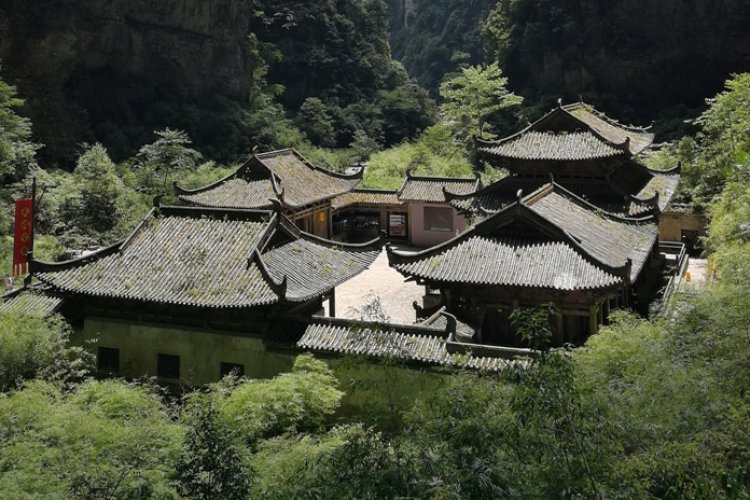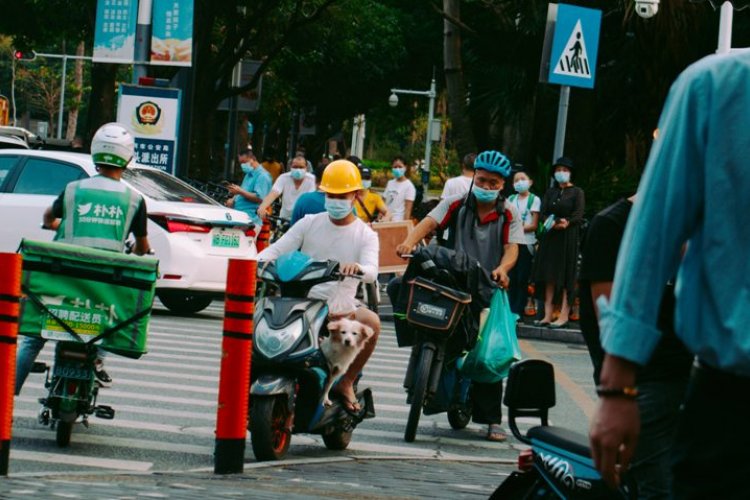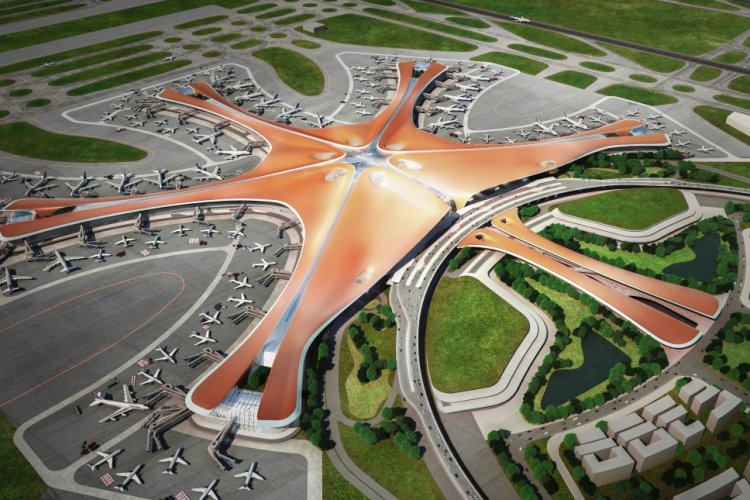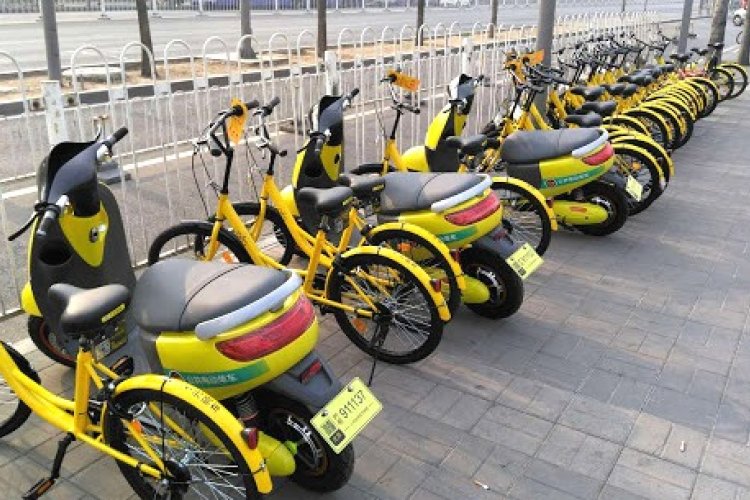The Caucasus: Unmatched Hospitality, Stunning Architecture, and Deep House
Upon announcing to my friends and family that I’d be spending my summer vacation in the Caucasus, the general reaction was “where in the hell?” Admittedly, the three countries that sit on the Caucasus Mountains – Azerbaijan, Georgia, and Armenia – nestled between Turkey, Russia, and Iran as well as the Black and Caspian Seas, are not the world’s biggest tourist hotspots but that’s not to say that each is not brimming with its own charm, arising from the territory’s tumultuous history. The region is a breeding ground for warring states battling over resource-rich and strategic land (some ongoing), making it one of the most ethnically and religiously diverse places on the planet. When coupled with its extremely sumptuous ecology and the unmatched hospitality from its people, the 10-hour flight from Beijing (approximately RMB 2,200 each way) is more than worth it.

The oil-rich Caspian has put Azerbaijan in good stead making it the richest of the three Caucasus countries, but its long history is a little elusive in the cosmopolitan capital of Baku. Arriving a couple of weeks after the Grand Prix, a marker for the city's economic aspirations, track dividers remained throughout the main thoroughfares, which more than suited the speed-hungry Mercedes looking for their own spot on the podium. Tourists will most likely head straight to the Old City, home of the Maiden Tower, built anywhere between the 4th and 12th centuries, and its purpose – temple? Watchtower? Observatory? – remains a mystery to this day. A more recent structure, Zaha Hadid’s wavy, white Heydar Aliyev Centre, makes for a good vantage point to take in the west side of the city once you have explored the exhibitions inside. Outside of Baku, the comical tourist attraction of Yanar Dag, a 15-meter-long flaming hill that was accidentally set alight by a shepherd’s wayward cigarette in the 1950s and has been burning ever since, is perhaps an indication as to why your itinerary might not exceed more than a couple of days here.
Heading northwest you’ll most likely take the region's two most convenient forms of transport: marshrutka, aka death-crazed inter-city minibus, or slightly more comfortable but equally-as-mental private driver. Surroundings quickly drop their Dubai-style sandstone chic buildings, luxury brands, and cobbled streets giving way to semi-desert, fortresses, churches, and if you’re lucky, afternoon village dance parties with deep house and techno – the music of choice among every generation in the Caucasus. Crossing the border, the wealth disparity between the two countries is immediately apparent.
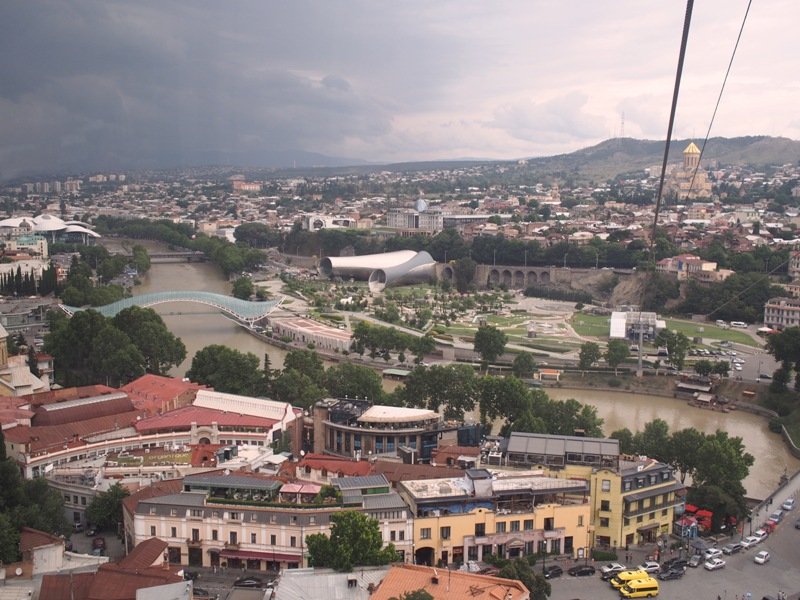
Tbilisi, Georgia’s capital to the east, makes for an odd initial flavor given that huge cultural investment over the past 20 years means ancient picturesque architecture is pushed up alongside shiny contemporary structures. The center is infinitely walkable, which will go some way to burning off the endless fluffy bread and khachapuri, Georgia’s answer to pizza, a hollowed-out base filled with semi-raw egg and cheese, and apparently crack, that you’ll be shoveling into your face throughout. A ride up to Mt. Mtatsminda, topped by an alien Soviet TV mast, an amusement park, and renovated hotel via the more than century-old funicular gives staggering views of the city, made all the more romantic by the twinkling street lights at night. A less romantic feature of exploring the city at night is that the taxi drivers, who often operate in a mode somewhere between sozzled and paraplegic, as demonstrated by one eager beaver who fell backwards onto his car while trying to complete the Sisyphean task of reading my hotel card. Their added “confidence” also makes for a hard haggle.
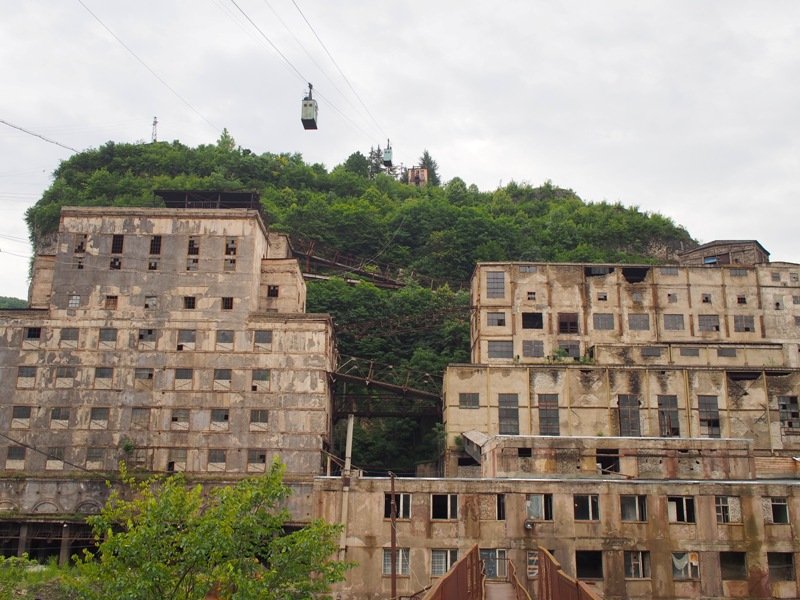
Outside of Tbilisi, a strong soviet influence still lingers throughout much Georgia’s smaller cities, a reminder of the area’s inclusion in the Soviet Bloc until 1991, with many of the structures either repurposed since that time or left to become rundown. One of the country’s best examples of the latter, and a curios treasure in its own right, is Chiatura, a town nestled deep in the Qvirila Valley, engulfed by lush greenery and the dull thrum of machinery. The latter comes from behemoth factories and their connecting cable cars, many of which were built in the 1950s during the height of the Stalin’s mining efforts (his hometown of Gori sits only 50km east). These rusted “metal coffins” continue to transport people and ore at sometimes near-vertical angles throughout the valley, a ride most certainly not made for the weak of heart. Ten miles out of the city you’ll find one of Georgia’s most iconic monasteries, Katshki Pillar, a lone hunk of rock sitting 40 meters erect into the sky and topped with a couple of small stone edifices, home to a singular monk, biding his time and avoiding all of the world’s nefarious temptations.
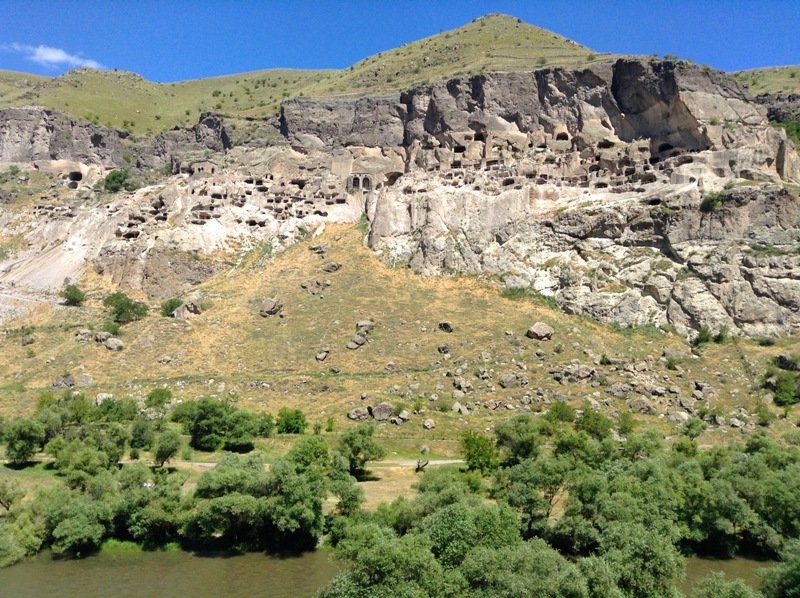
Finally, just adjacent to Armenia’s northern border, the stunning monastery cave town of Vardzia clings majestically to an otherwise baron cliff edge. Built in the 12th century, this massive underground warren, complete with its own plumbing system, was intended to house the ruling king’s people in the event of an attack on his nearby city. However, under his daughter, Queen Tamar’s, duress it instead became a 3,000-room, 13-floor monastery holding 2,000 monks. A mere 50 years after completion a huge earthquake was to destroy the outer walls of the caves and further looting throughout the centuries has rendered Vardzia a 10th of the size of what it used to be.

Armenia has perhaps the most difficult history in the region, their population largely persecuted by the surrounding Muslim powers upon announcing itself as the first Christian state in 301 AD, climaxing in modern day with the Armenian genocide, 1915-1923, whereby 1.5 million Armenians were systematically killed by the Ottomans purely because of their faith. The stoic but nevertheless striking Genocide Museum, located in Armenia’s capital, Yerevan, will put you in good stead to understanding how the more recent instances of oppression came about but it is The Museum of Ancient Manuscripts that will make the country come alive, with tens of thousands of medieval documents, capturing the beliefs of Armenians over the centuries.
Yerevan is also by far the most European of the three capitals, absolutely brimming with cafés, wine bars, and nightlife, with many of the city’s clubs tucked neatly away in basements, austere doors giving way to a cozy dance parties that simmer into early morning. One way to clear your head the following day, or at least sweat out your pain, is to scale Alexander Tamanyan’s monolithic Cascade, a marble staircase which if tackled mid-day can feel like a crucial ascension towards the sun, and is filled inside with the art collection of Armenian-American Gerard Cafesjian, who also funded its yet-to-be realized completion. As well as giving great views, the structure sums up the city itself: a little rough, sometimes quirky, and wholly explorable.
Make no mistake, this is a whirlwind account of the beauty stretched out across the Caucasus, and upon completing my mere two-week rendezvous the residual impression was of a region full of incredible but easily accessible land, home to warmth and hospitality that ensured that the place that the once evoked sketchy understandings now feels far from the stranger that it once was.
More stories by this author here.
Email: tomarnstein@thebeijinger.com
WeChat: tenglish_
Instagram: @tenglish__
Photo: Tom Arnstein


